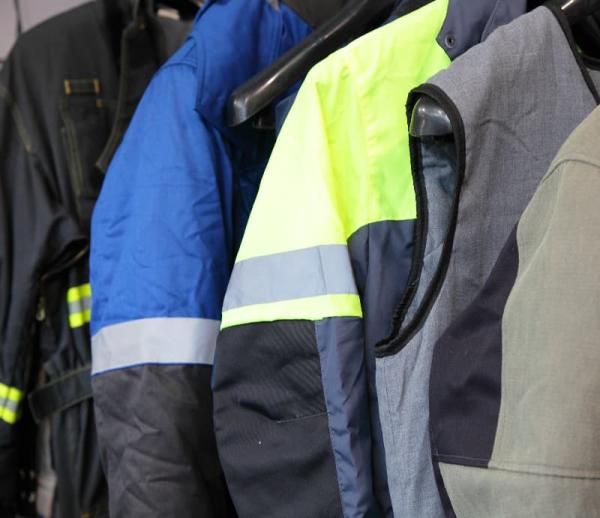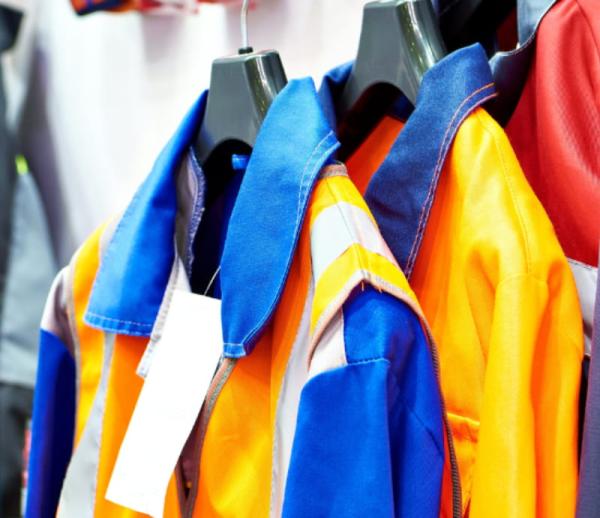Build from the base up
A proper layering system starts at the skin. Your base layer is the foundation of comfort, so it needs to do more than just sit beneath everything else. Lightweight, moisture-wicking fabrics help pull sweat away from the body, keeping you dry and maintaining your temperature at a steady level.
Long-sleeve base layers are ideal when mornings are cold but not frosty. For jobs that demand movement, stretch and flexibility should be top priorities – the goal is to stay tight-fitting while remaining breathable. Ideally, you’ll want to avoid cotton against the skin during physical work, as it traps moisture and increases the chance of feeling cold later.
It’s worth investing in a few different weights of base layers – some thinner for mild days, others slightly thicker for those colder, early starts. This helps you adjust your setup without completely overhauling your outfit. If you're on the tools all day, staying dry and mobile makes all the difference, and a solid base layer plays a big part in that.
Let fabric work for you
Layering isn’t about piling on clothes – it’s about making each one count. The right fabric can save you from having to remove or replace layers throughout the day. Breathable, natural materials like cotton and bamboo blends are excellent for milder days, but they work best when they’re balanced with technical fabrics that dry quickly and keep their shape under pressure.
Windproof outer layers can be surprisingly thin while still doing their job, especially when worn over mid-layers that retain heat but also breathe. Mesh vents, laser-cut seams and clever fabric engineering mean modern workwear can manage spring’s temperature swings without turning you into a walking greenhouse.
It’s also a good idea to consider the demands of your day – if you’re working near heat, moving between inside and out, or shifting between shaded areas and direct sun, your fabric choices should reflect that.
Make room for movement
Layering is only effective if you can still move freely. That means each layer should work with your body, not against it. When pieces bunch up at the elbows or restrict your shoulders, the result can be pretty uncomfortable – and it also makes work harder.
To sidestep that risk, look for garments with articulated sleeves, stretch panels, or raglan-style shoulders that are designed to support action. Mid-layers especially should trap warmth effectively while staying flexible enough to bend, lift and twist. As well as seeming warm, boxy outerwear can block your movement if it hasn’t been properly designed.
You’ll also want to consider where layers sit at key joints like the wrists and waist. Overlapping bulky seams can cause pinching or restrict blood flow when you're wearing gloves or tool belts. Aim for a smooth flow from base to outer, with nothing interfering at the joints.
Stay visible on unpredictable days
Much as we’d like it to, Spring doesn't always serve up clear skies. Low light, sudden showers and misty mornings all affect visibility – so it’s vital that your layering supports your safety throughout the day.
When building your outfit, make sure that any high-visibility elements stay visible and aren’t hidden under coats or sweatshirts. Hi-vis vests might seem like an afterthought, but if they’re covered by a neutral-coloured fleece, they lose their usefulness. It’s best to choose outer layers with reflective details built in, or use hi-vis as the top layer when the conditions require it.
Reflective beanies, wristbands, or even hi-vis gilets can increase visibility without making you feel like it’s mid-winter. These are especially useful for early starts or if you’re working near roads, warehouses or heavy equipment. When the weather’s murky and the light’s against you, being seen helps just as much as staying dry.
Pack smart for the in-between
Spring mornings can feel like winter, while afternoons can edge towards summer. And sometimes the heavens open for ten minutes at some point in between. You know, just to keep things interesting. This is where clever packing becomes useful.
A waterproof shell jacket that packs down small can be a lifesaver when it’s too warm for a full coat but too wet to manage without extra protection. Similarly, stowable gilets or bodywarmers can be tucked away until needed – these bring warmth without limiting your movement.
Accessories count, too. A beanie that fits in a pocket, lightweight gloves, or even a foldaway cap can make the difference between powering through a shift or counting down the hours. And if you use a work bag or van, keeping a spare mid-layer nearby helps in case the forecast takes a turn.
That’s all the essentials covered! If you need a couple more words of advice about fabrics, we'd suggest checking out our post on the materials used in our personalised workwear. And if you ever need any advice on customising your workwear, our team are all too happy to provide any advice you need there too! All of our customisations are done in-house using our experienced team of designers and print machinists, so you can liaise directly with us to get exactly what you’re looking for. We also provide a FREE workwear printing and embroidery service and FREE delivery for orders over £150!
Feel free to take a look around our website to see what you can find, or alternatively give our team a call on 0330 004 0440, and we’ll be happy to help however we can!






